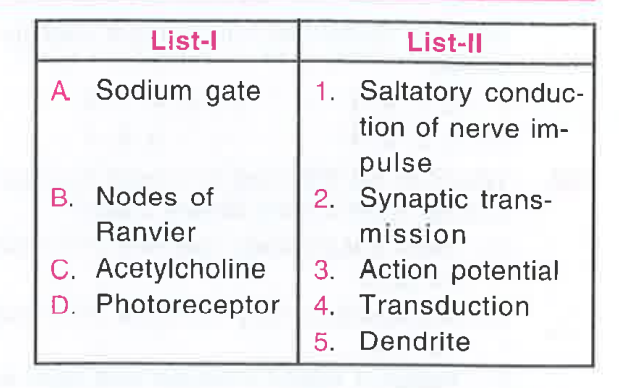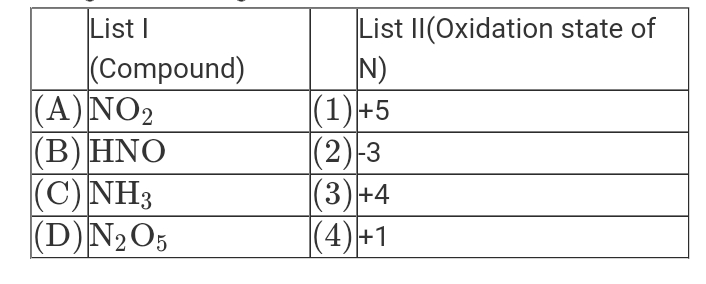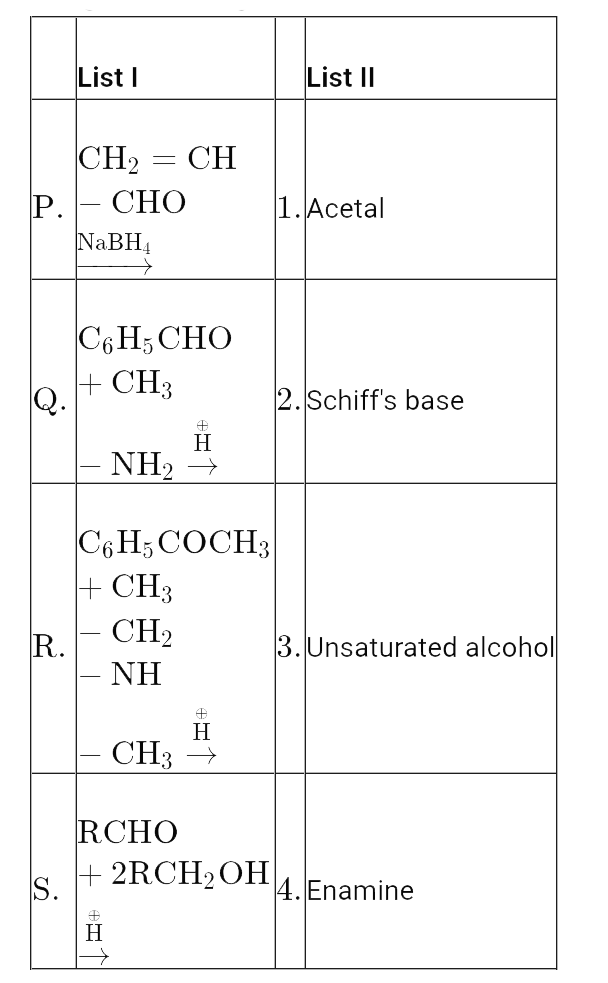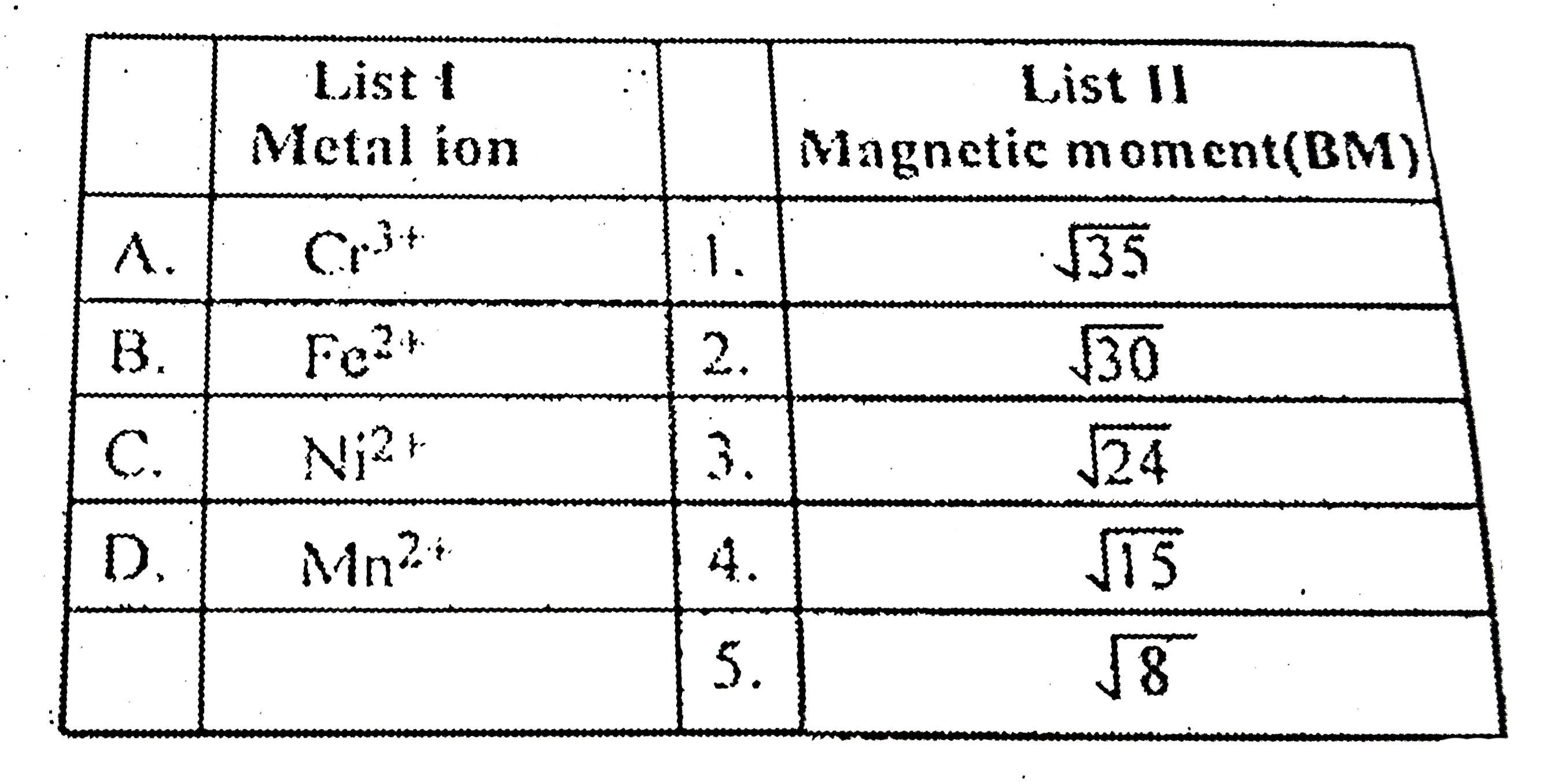Which of the following are bidentate monoanion ligands ?
(1) Acetylacetonato
(2)Oxalato ion
(3) Dimethylglyoxiamato
Select the correct answer using the codes given below :
1 only
1 and 3 only
3 only
2 and 3 only
The correct Answer is:B
To determine which of the given ligands are bidentate monoanionic ligands, we will analyze each ligand one by one.
Step 1: Analyze Acetylacetonato
1. Structure: The acetylacetonato ion (often represented as acac) has the structure where it has two carbonyl (C=O) groups and two oxygen atoms that can donate electrons.
2. Binding Sites: The two oxygen atoms can coordinate to a metal center, making it a bidentate ligand.
3. Charge: Acetylacetonato has a single negative charge (−1), which qualifies it as a monoanionic ligand.
Conclusion: Acetylacetonato is a bidentate monoanionic ligand.
Step 2: Analyze Oxalato Ion
1. Structure: The oxalato ion (C2O4^2−) has a structure with two carboxylate groups.
2. Binding Sites: It can bind through the two oxygen atoms, making it a bidentate ligand.
3. Charge: However, the oxalato ion carries a charge of −2, which means it is not monoanionic.
Conclusion: Oxalato ion is a bidentate ligand but not a monoanionic ligand.
Step 3: Analyze Dimethylglyoxiamato
1. Structure: Dimethylglyoxiamato has a nitrogen atom and two carbonyl groups, with one of the oxygen atoms carrying a negative charge.
2. Binding Sites: It can bind through the nitrogen and one of the oxygen atoms, making it a bidentate ligand.
3. Charge: It has one negative charge (−1), qualifying it as a monoanionic ligand.
Conclusion: Dimethylglyoxiamato is a bidentate monoanionic ligand.
Final Conclusion
Based on the analysis:
- Acetylacetonato: Bidentate monoanionic
- Oxalato ion: Bidentate but not monoanionic
- Dimethylglyoxiamato: Bidentate monoanionic
Thus, the correct answer is that the bidentate monoanionic ligands are Acetylacetonato and Dimethylglyoxiamato.
Answer:
The correct choice is (1) and (3) only.
---
1. Structure: The acetylacetonato ion (often represented as acac) has the structure where it has two carbonyl (C=O) groups and two oxygen atoms that can donate electrons.
2. Binding Sites: The two oxygen atoms can coordinate to a metal center, making it a bidentate ligand.
3. Charge: Acetylacetonato has a single negative charge (−1), which qualifies it as a monoanionic ligand.
1. Structure: The oxalato ion (C2O4^2−) has a structure with two carboxylate groups.
2. Binding Sites: It can bind through the two oxygen atoms, making it a bidentate ligand.
3. Charge: However, the oxalato ion carries a charge of −2, which means it is not monoanionic.
1. Structure: Dimethylglyoxiamato has a nitrogen atom and two carbonyl groups, with one of the oxygen atoms carrying a negative charge.
2. Binding Sites: It can bind through the nitrogen and one of the oxygen atoms, making it a bidentate ligand.
3. Charge: It has one negative charge (−1), qualifying it as a monoanionic ligand.
Based on the analysis:
- Acetylacetonato: Bidentate monoanionic
- Oxalato ion: Bidentate but not monoanionic
- Dimethylglyoxiamato: Bidentate monoanionic
The correct choice is (1) and (3) only.
Topper's Solved these Questions
Similar Questions
Match list - I with list - II and select the correct answer using the codes given below
 View Solution
View SolutionMatch List 1 with List 2. Select the correct answer using the codes given below the list.
 View Solution
View SolutionMatch List 1 with List 2. Select the correct answer using the codes given below the list.
 View Solution
View SolutionMatch List 1 with List 2. Select the correct answer using the codes given below the list.
 View Solution
View Solution
match List-I with list-II and select the correct answer using the codes given below:View SolutionMatch Column-I with Column-I and select the correct answer using the codes given below :
 View Solution
View SolutionMatch list-I with list-II and select the correct answer using the codes given below lists
 View Solution
View SolutionMatch List I with List II and select the correct answer using the codes gives below :
 View Solution
View SolutionMatch List I with List II and select the correct anwer using the codes given below
 View Solution
View SolutionMatch list I with list II and select the correct answer using the codes given below the lists.
 View Solution
View Solution

